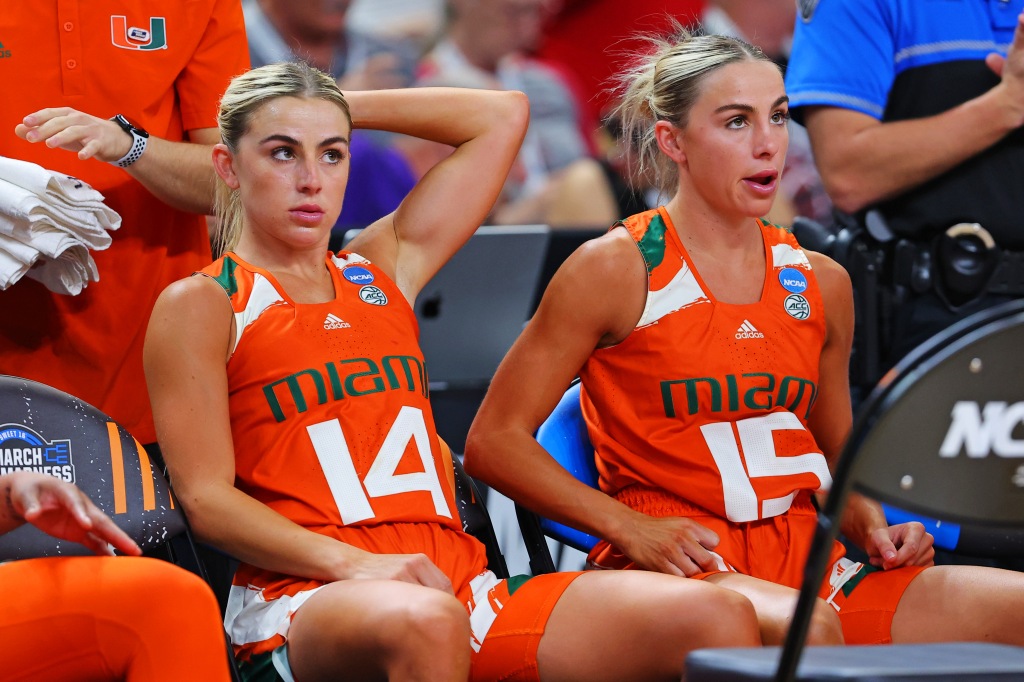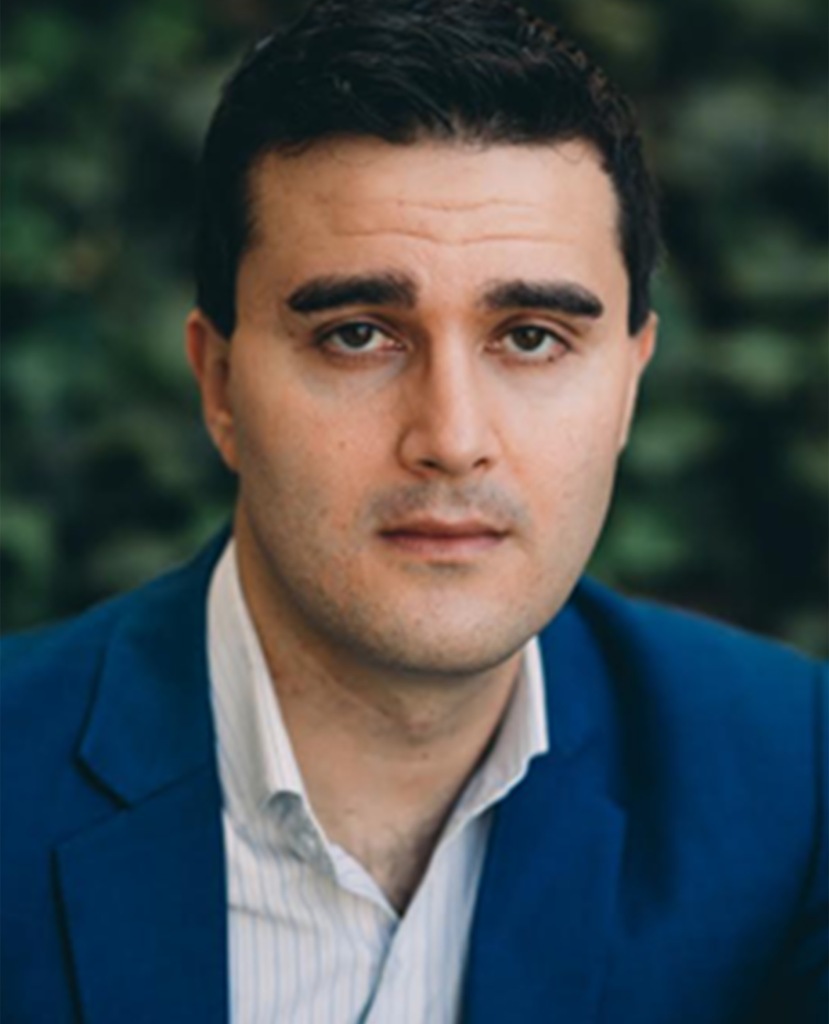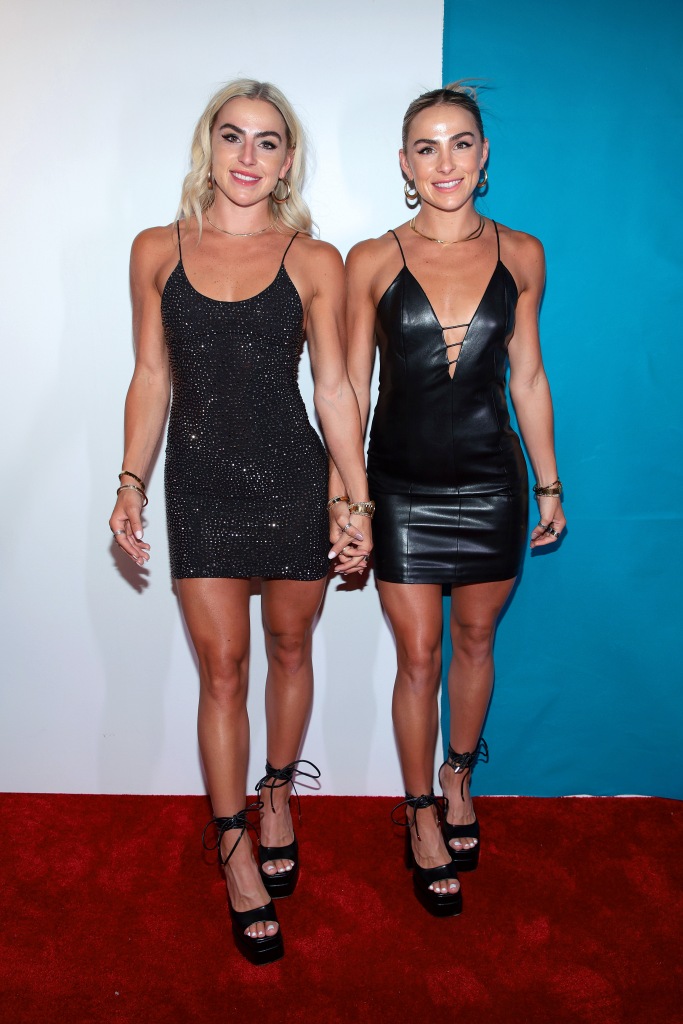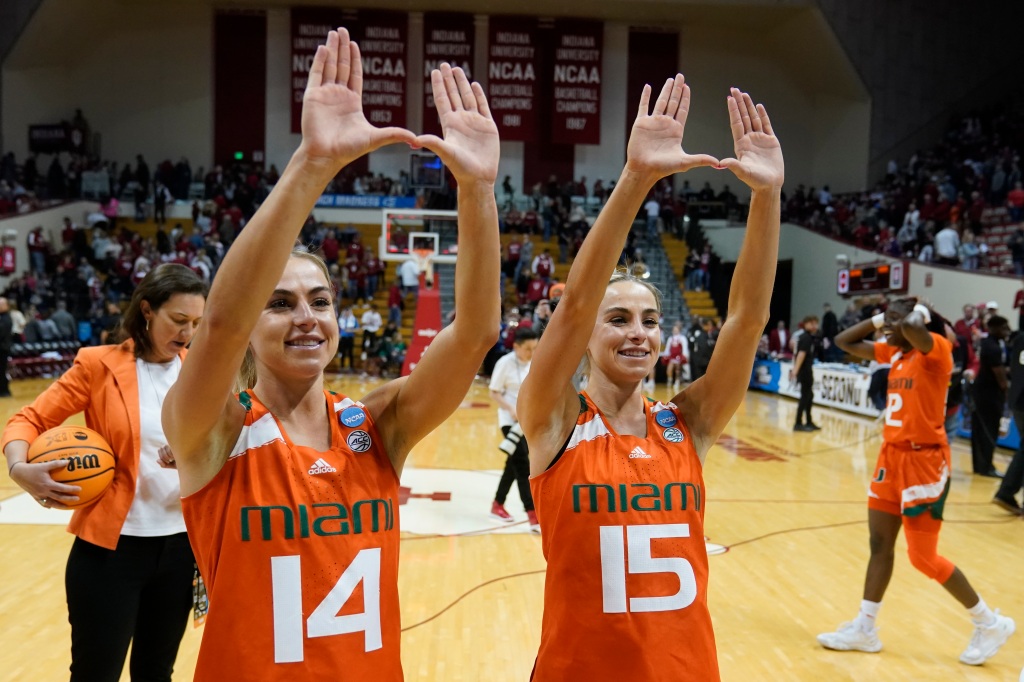Cavinder twins aren’t victims — they’re control freaks
Welcome to the big leagues, Haley and Hanna.
This week, the 22-year-old Cavinder twins — two seismic figures in the ever changing college sports landscape — were profiled by Ethan Strauss for the Free Press, in a piece entitled: “The NCAA has a ‘hot girl’ problem.“
After publication, the Cavinders cried foul saying the story was filled with “sexist tropes.”
The backlash was swift and long – their grievance statement almost as lengthy as the piece itself. They said the interview was “obtained under a false pretense,” and that they had chosen to do the piece with the Bari Weiss led outlet because it was “woman ran.”
“We were specifically told via the publication the context would be to ‘see the Cavinders as a very important story not only in the context of women’s college sports but new media culture and business. They’re building a hugely successful brand, and they’re at the forefront of a new space, and we think that’s exciting and newsworthy’,” they wrote on Twitter.
They said that after letting him follow them around all weekend and sitting for an interview, they were ultimately reduced to being hot — despite him only asking one question about their looks.
The athletic blondes rose to fame draining uncontested Three pointers on Tiktok, but here, they lobbed a up a brick.
Strauss, who is one of the most incisive writers in the sports world, delivered exactly what was promised, along with essential commentary on the role aesthetics play in this new NIL ecosystem for women, where classic beauty transcends performance stats.

Perhaps, the piece could have had more froth and frippery: they wanted more about their work ethic, the young girls they “work hard to inspire” and I can assume, extra color from the weekend. For that treatment, Vogue — another female led publication — would have been suitable.
But this backlash is what happens when objective journalism collides with the heavily filtered world of social media, where influencers are their own writers, editors, publishers and publicists.
Content creators, many of whom are Gen Z, are accustomed to molding their desired personal narrative: dispatching flattering blips to the world in bite sized pieces.

It’s pretty handy when you’re building a brand, but it’s hardly a practice that provides critical perspective to one’s place in a sweeping cultural moment.
Something similar happened back in November when the New York Times published a feature “New Endorsements for College Athletes Resurface an Old Concern: Sex Sells.”
LSU gymnast Olivia Dunne, who is reportedly the NCAA’s highest earner and was interviewed for the story, took a dig at the nuanced piece, posting a photo of her from the photo shoot, captioned, “Is this too much?”

To deny that beauty and sexiness aren’t a component of both the Cavinders’ and Dunne’s allure, is to deny reality.
As a features writer, I’ve had run ins with content creators and influencers, who have bristled under the pen of another writer.
They’ve complained about everything from including a basic well known fact like a former romantic partner or the art we’ve chosen for a story.
I’ve had frantic calls from one young woman insisting that she did not approve the image we used. Yet she sat for the portrait and we don’t give photo approval to subjects.

It’s not that the Cavinders or Dunne are thin skinned. It’s that they and other creators are operating under the coddled delusion that their friendly lens is the definitive one.
Personally, I like the Cavinder twins.
Last June, on the eve of NIL’s first birthday, I interviewed them about a myriad of topics and found them to be self-assured, warm and approachable.

That was a honeymoon period where we were seeing the new NCAA rule take shape and morph in real time.
Now that the Jell-o is starting to mold, there’s valuable analysis to be taken from their story — in the broader scope of NIL.
This latest piece was not a hit job, nor was it a hand job.
The Cavinders weren’t duped. They were simply forced to watch their movie made with someone else in the director’s chair.
Read the full article Here


